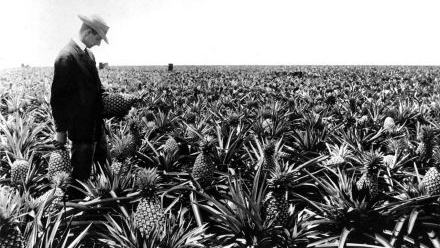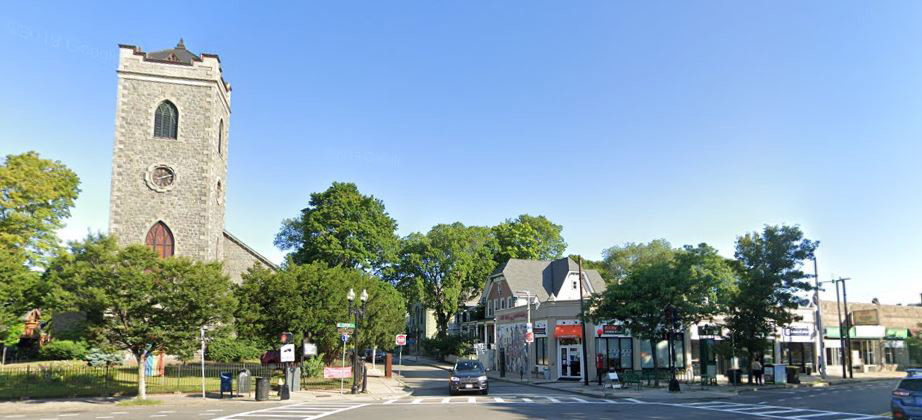
01 May A Walk Around Jamaica Plain’s Sumner Hill
Jamaica Plain’s Sumner Hill is a National Historic District and is an architectural treasure trove of wood frame homes. Perched on the highest point of JP’s hilltop, the densely settled area is comprised of homes that were built in the latter half of the 19th century and represent almost a dozen architectural styles, from Victorian to Shingle. The district is loosely bound by Centre Street, Seavern Avenue, Everett Street, and Carolina Street, making it a tree-lined delight, a hop skip and a jump from the concrete bustle of Downtown Boston. Read below to see some of our favorites (and it was a doozy to choose)!
The Dole Family Home
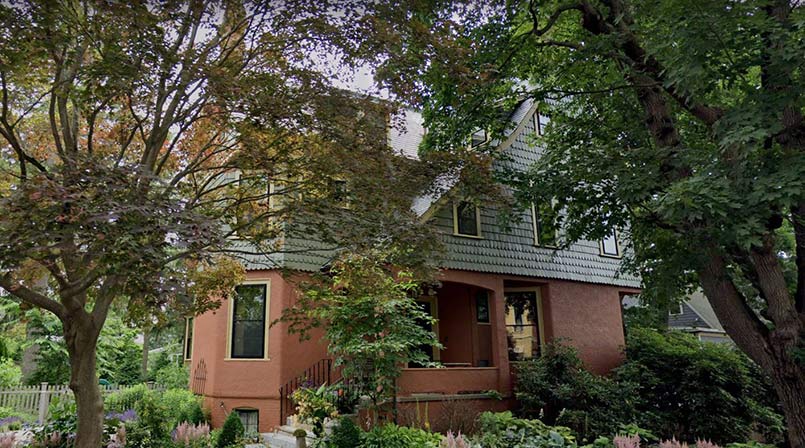
If you walk along tree-shaded Roanoke Street, you will come across the home of The Dole family, namely, James Drummond Dole, famed pineapple connoisseur. Dole studied agriculture at Harvard’s Bussey Institute (now the Arnold Arboretum). As a young man, Dole traveled to the Sandwich Islands in 1901, where he is credited with establishing the Hawaiian pineapple industry. Dole’s father, Rev. Charles Fletcher Dole served as pastor of the First Unitarian Church in Jamaica Plain for decades.
The Loring Greenough House
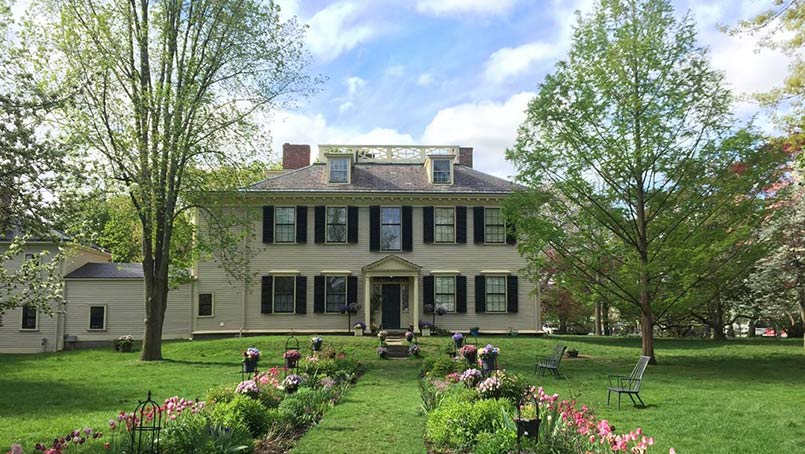
The Loring Greenough House was constructed in 1760 by Commodore Joshua Loring for the English Navy. Two decades later, the Greenough family purchased the house and owned it until 1924. When it was threatened with certain demolition, the House was saved by the Jamaica Plain Tuesday Club and since has become a community hub dedicated for social, cultural, historical, and educational activities. The house is a prime example of Georgian Colonial architecture boasting ionic columns, stylized parquet hardwood floors, and Greek Revival mantels and fireplaces.
St. John’s Church
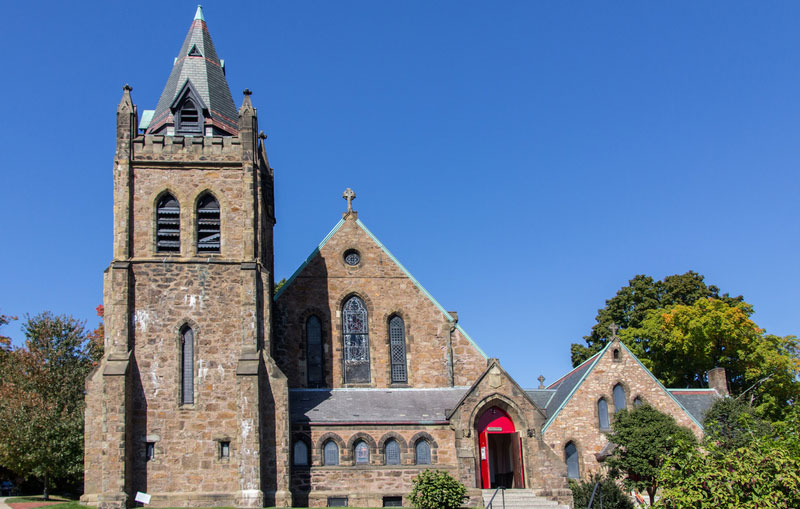
St. John’s Church is an Gothic Revival building that overlooks the JP’s Stony Brook valley. The church’s Gothic Revival architectural is marked by batten doors, pointed-arch windows, and colorful roof slates. Originally designed by Harris M. Stephenson the church was constructed using native Roxbury puddingstone and brownstone. The building’s parish house was added later in the 1880s.
Storey Place and Greenough Place
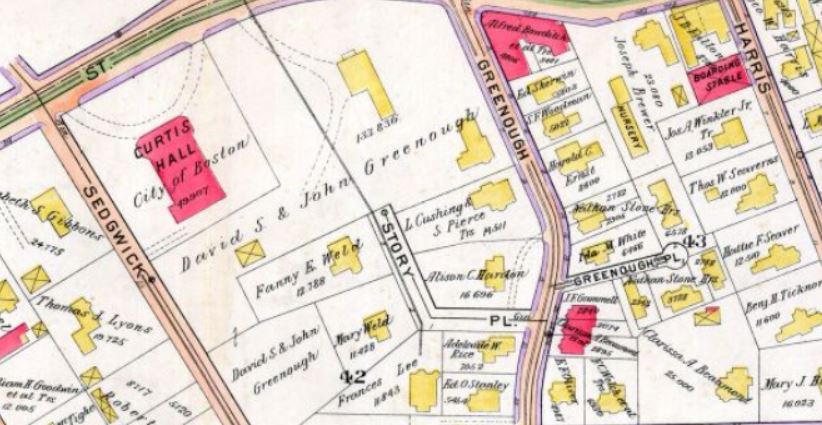
On the west side of Sumner Hill, two picturesque cul-de-sacs, Storey Place and Greenough Park, are home to collections of Shingle-style houses, including a number of the homes were designed by William Ralph Emerson. A handy list (put together by the Jamaica Plain Historical Society) single out a number of historically-significant homes: 9 Greenough Avenue, ca. 1880; 21 Greenough Avenue, ca. 1884; and 5 Greenough Park, 1893, exhibit a continuity of roof and wall and a continuously shingled exterior which expresses the structural frame beneath. Eyebrow dormers (21 Greenough Ave.) and swelling surfaces (15 Greenough Avenue) are characteristic elements of the style”. The neighborhood’s dense collection of historic homes make it a unique jewel of the Sumner Hill district.
For information about the Storey and Greenough familes (and SO much more), visit the Jamaica Plain Historical Society’s Website:




